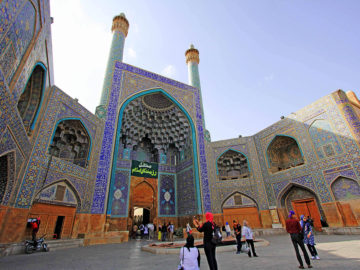
The Royal Mosque (Shah Mosque)
The mosque is part of the Naqsh-e Jahan Square, it is one of the biggest mosques of Isfahan built in Safavid time with Haft-Rang Tile and a deviation of direction to face the Kiblah.
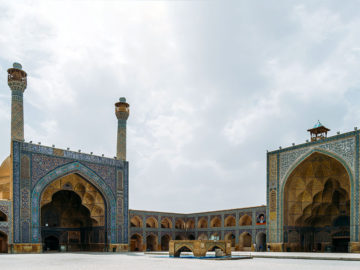
Masjed-e Jameh of Isfahan (Jameh Mosque)
The initial building of this mosque was constructed during Seljuq Empire which is a production of the Iranian architecture for 15 centuries

Sheikh Lotfollah (Lotf Allah) Mosque
Shah Abbas I of the Safavid Dynasty ordered the construction of this mosque in 1602 and was completed in 1619 and he named it after a clergyman of Lebanese nationality called Sheikh Lotfollah.

Si-o-Se-Pol Bridge (The Bridge of 33 Arches)
Constructed on the Zayandeh Rud River, with a length of 298 meters and a width of 13.75 meters, it is considered the longest of the historical eleven bridges in Isfahan City.

Saint Stepanos Monastery
It is the second most important church of Iran after Saint Thaddaeus Church located in Jolfa and belonging to Gregory’s followers. It was made in the 9th c. and restored in Safavid and Qajar.

Monastery of Saint Thaddeus
The Monastery of Saint Thaddeus was inscribed on the List of UNESCO World Heritage Sites in 2008.
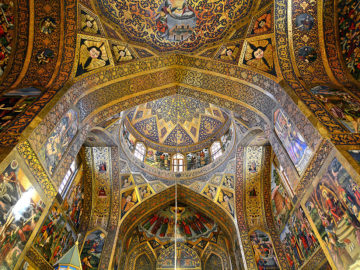
Vank Cathedral
The cathedral was made in Isfahan in Safavid time in a neighborhood known as Jolfa that the Armenian immigrated to, known for the combination of Armenian and Iranian-Islamic Architecture.
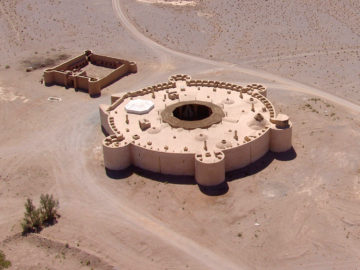
Zein-o-Din Caravanserai
It is on the road of Yazd-Kerman, and is one of the many caravanserais made by Shah Abbas known as Abbasid Caravanserai, with a circular plan, 5 towers, and 43 guading section.
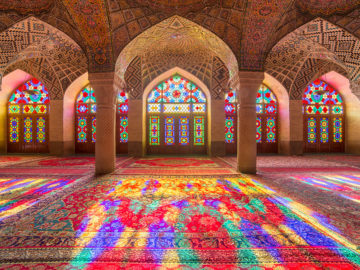
Iranian Architecture
Iranian architecture can be studied in two eras, pre-Islamic era (divided into two styles of Parsian and Parthian) and post-Islamic era

Dovecote (Pigeon House)
It is a structure with unique architecture for pigeons to house there with the aim of utilizing their fertilizer for agricultural usages.

Iran after the Advent of Islam
It is a period of time began with the Arabs’ invasion of the country in 642 B.C. and the Iranians gradually converted to Islam; the period which has been continuing up to the present.

Isfahan
Isfahan province located in the central part of Iran is specifically identified with its center, Isfahan city, and its historical monuments such as Naqshe Jahan Square, Jame Mosque, and Si-o-Se Pol.
